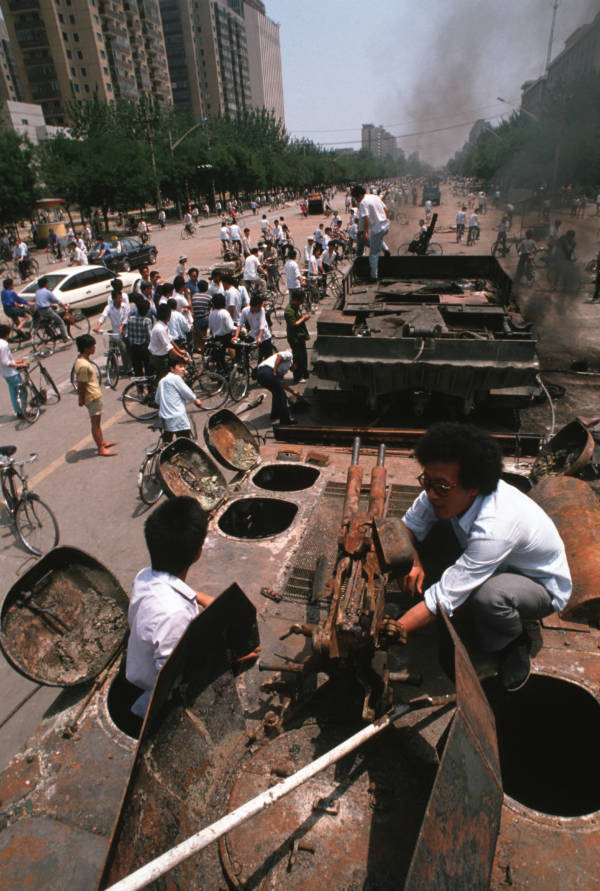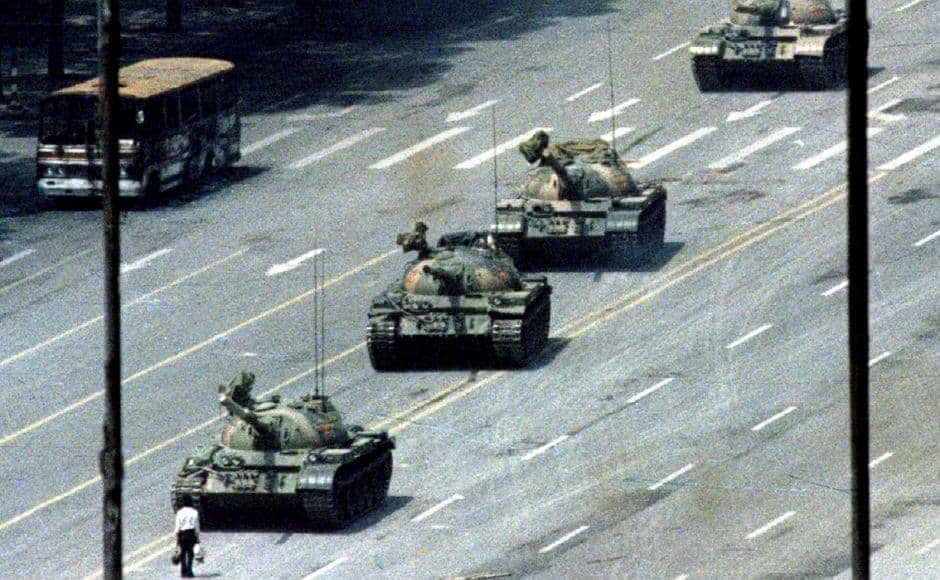
But until it revisits the verdict, it has to live with the fact that tonight’s vigil is a living symbol to the world of Hong Kong’s right to freedom of speech and assembly under ‘one country, two systems’.”

“Beijing may never have been happy with Hong Kong’s role in the democracy movement.

“It remains influential in perceptions of China, thanks partly to the lasting impact in Hong Kong, where the crackdown is still a factor in the discord between local democrats and Beijing. “The fourth of June has everything to do with today it’s a contemporary struggle because it’s the same oppressor, it’s the same dictatorship, it’s the same logic of authoritarian rule,” he said this week.Īn unusually blunt editorial published on 4 June in the English-language Hong Kong newspaper the South China Morning Post said: “Whether swept under the carpet across the border or commemorated in Hong Kong, 4 June weighs heavily in both places. Lee Cheuk-yan, alliance secretary, former Hong Kong legislator and trade union leader, who was 32 in 1989, travelled to Tiananmen Square to deliver donations raised during a Hong Kong benefit concert to the Chinese student protesters. Emigration from Hong Kong to the West rocketed.Ĭonversely, China became more aware of Hong Kong as a possible base to ‘subvert China’. The Tiananmen massacre had a huge emotional impact on Hong Kong which saw mass protests with many sporting black ribbons of mourning as the events in Beijing sowed fear and mistrust as Hong Kong looked to handover to Chinese rule in 1997 with trepidation. The alliance has organised the open-air vigil annually since then.

Over one million Hong Kong people – in the then British Colony of just over 5 million inhabitants – marched in support of the student-led movement in China. The 4 June vigil was organised by the Hong Kong Alliance in Support of Patriotic Democratic Movements in China, which was set up in May 1989 after martial law was declared in Beijing as more and more students took to the streets. The Public Opinion Programme, which has surveyed Hong Kong people’s views on the crackdown over almost three decades, despite coming under pressure from pro-Beijing factions in the past, is due to be spun off from the university to safeguard its independence. Just over two-thirds of young people or 68% said Beijing students were in the right, and three-quarters of young Hong Kong respondents said there should be a reversion of the official stance on the crackdown. However, the 25th anniversary turnout in 2014 was as high as 125,000, putting paid to the notion that the Tiananmen massacre is irrelevant to Hong Kong youth born after 1989.Ī University of Hong Kong survey conducted in late May by the university’s Public Opinion Programme found that among young people aged 18-29, some 83% felt the Chinese government acted wrongly over the massacre only 2% said it did the right thing. So today, if there are public gatherings to express their views and feelings on a particular historic incident, we fully respect those views.”Īround 50,000 attended the annual vigils in the first two decades after 1989, before attendance began to drop off as memories faded. We uphold and safeguard the rights and freedoms of individuals in Hong Kong.

Tiananmen square aftermath free#
In advance of the vigil, Hong Kong Chief Executive Carrie Lam said Hong Kong could organise such a commemoration because it “is a very free society. It is the only Chinese city to publicly observe the Tiananmen anniversary on such a scale, and was addressed by video link by Zhang Xiangling, a member of the Tiananmen Mothers group in Beijing who lost offspring during the massacre. Tweet China’s Communist Party rulers have for 30 years attempted to suppress all memory within China of the 4 June 1989 Tiananmen Square massacre of pro-democracy protesters, who were mainly students.īut Hong Kong continues to commemorate the events, despite recent pressures from Beijing on its own freedoms, and new information has emerged on how Hong Kong students helped finance the Beijing students' protest activities and their later efforts to flee to Hong Kong and beyond after the crackdown.Īccording to the organisers, more than 180,000 people turned out for a candlelit vigil on 4 June in Hong Kong to remember those who died in 1989.


 0 kommentar(er)
0 kommentar(er)
